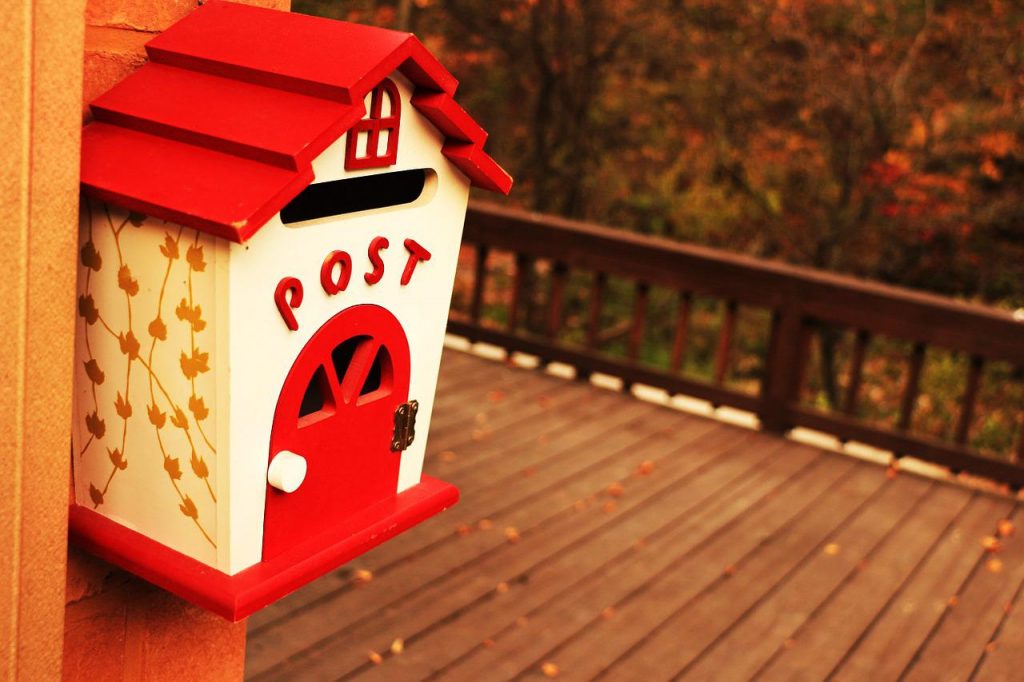In my work life, I’d heard the term post box contact used a lot well before we adopted. In my head, I imagined that in each council office reception area, there was a massive letterbox. Anyone writing a contact letter posted it there and then the council distributed them to the correct people.
As far as I know, there aren’t any actual post boxes. But you do send your contact letter to the local authority who then send it on.
Post box contact is a way that adoptive and birth families can keep in touch. For most adopted children, it’s the only type of contact they’ll have with their birth family throughout their childhood. That’s why it’s so important that adoptive parents do it.
What should it include?
We have post box contact with our children’s birth family every summer. I really struggled to start off with, knowing what to write and also, how to get the tone right. I didn’t want to sound like I was bragging saying how wonderful the children are.
It’s difficult to imagine what it must be like having an annual letter as the only means of contact with your child. Writing it from the perspective of what you think they’d like to know is a good place to start.

What would birth parents like to be in it?
I asked Sammy who is birth mum to a school aged child, the kinds of things she’d like to see in the letters she receives. She said she’d love to know details like height and weight which is something I would never have thought to include. And also how their medical condition is so that she knows it’s being managed.
She said she’d also like to know how her child is feeling and dealing with their new life. I think as adopters that’s the kind of thing we deliberately don’t include, particularly if there are issues. If you’d like to include information like that, my advice would be to speak to post adoption support first.
Sammy said she’d also love to know how her child is getting on at school. So favourite subjects and topics is a good area to write about. It’s also easy to give lots of examples of the things they’re doing for this.
Hearing Sammy’s viewpoint has helped me know how to write our next letter. Not knowing how to tackle a contact letter is quite common among adopters. When there’s no reply from birth family, it can be disheartening and the temptation may be not to continue with it. You can read Sammy’s interview here where she goes into more detail about how contact works for her.
Guidance
Emma Sutton has written this great guide on how to go about it and why it’s so important. If you don’t follow @adoption.resources on Instagram, go and check her out. She’s got some brilliant resources and recommendations about adoption, including this post with templates for contact letter.
The most important thing is to make sure you do it. Regardless of whether you get a response or not, it’s vital for your child as part of their life story work.



